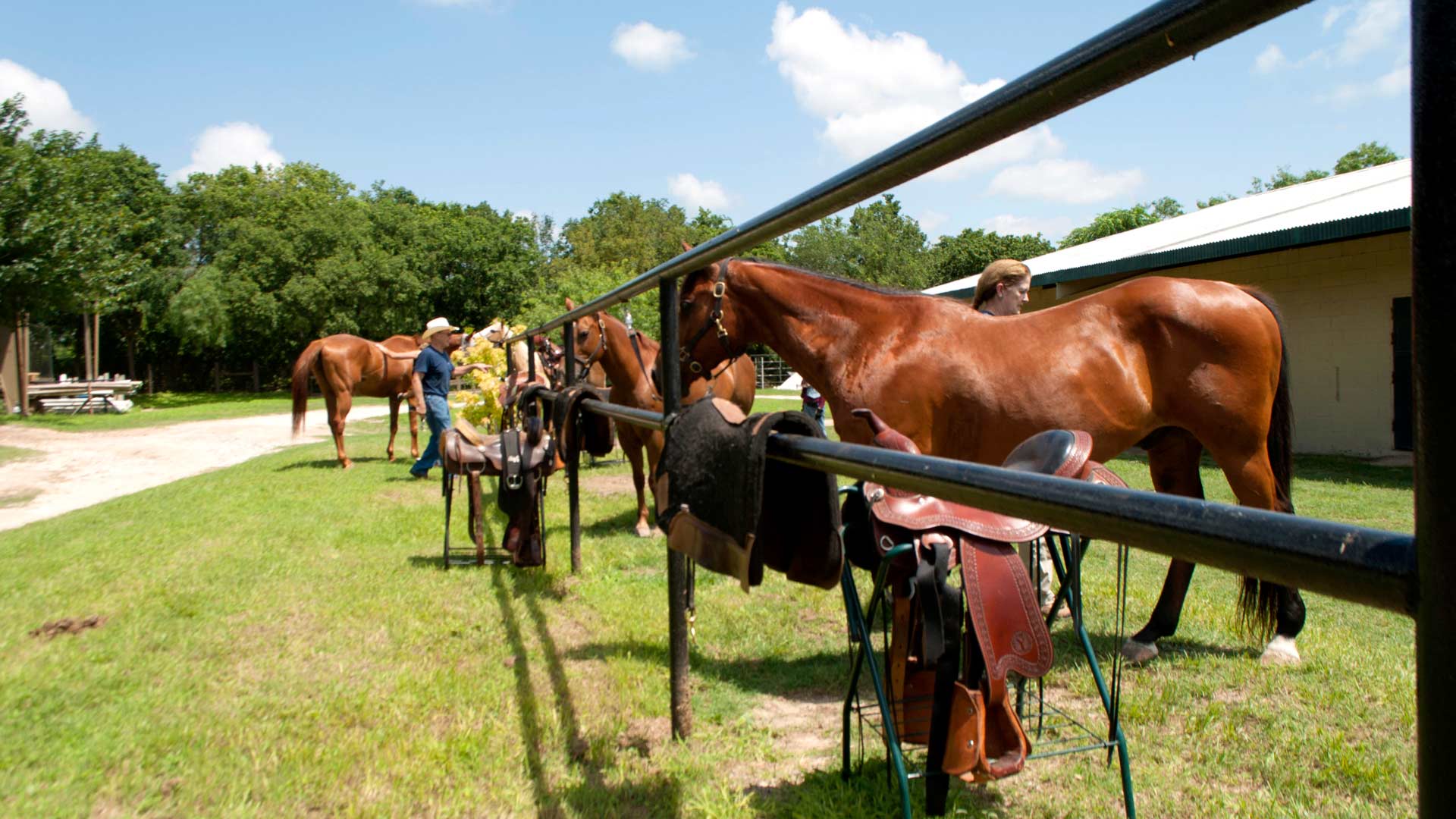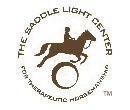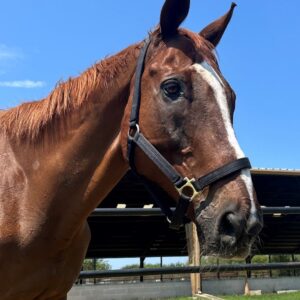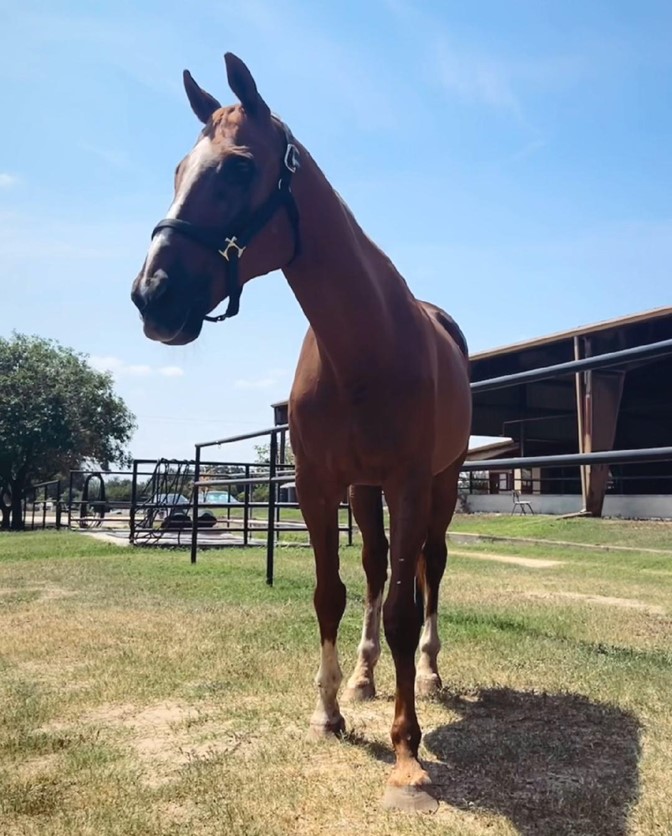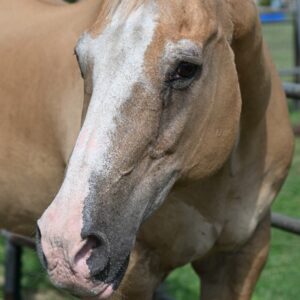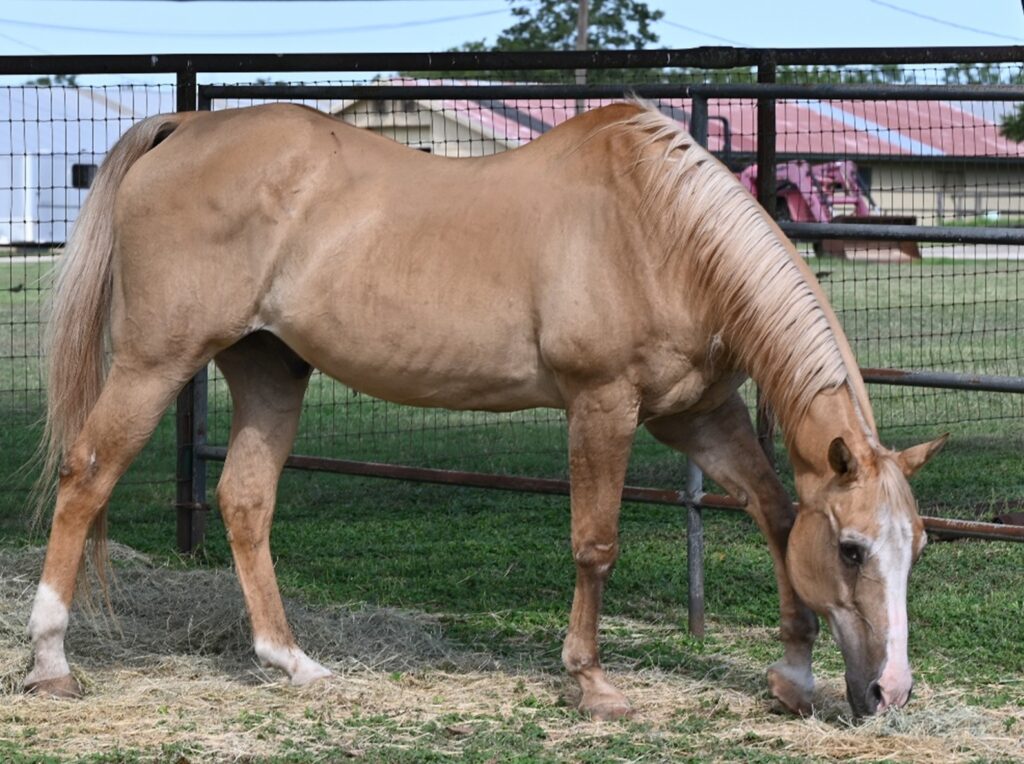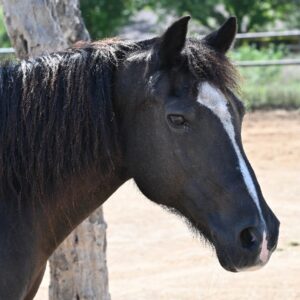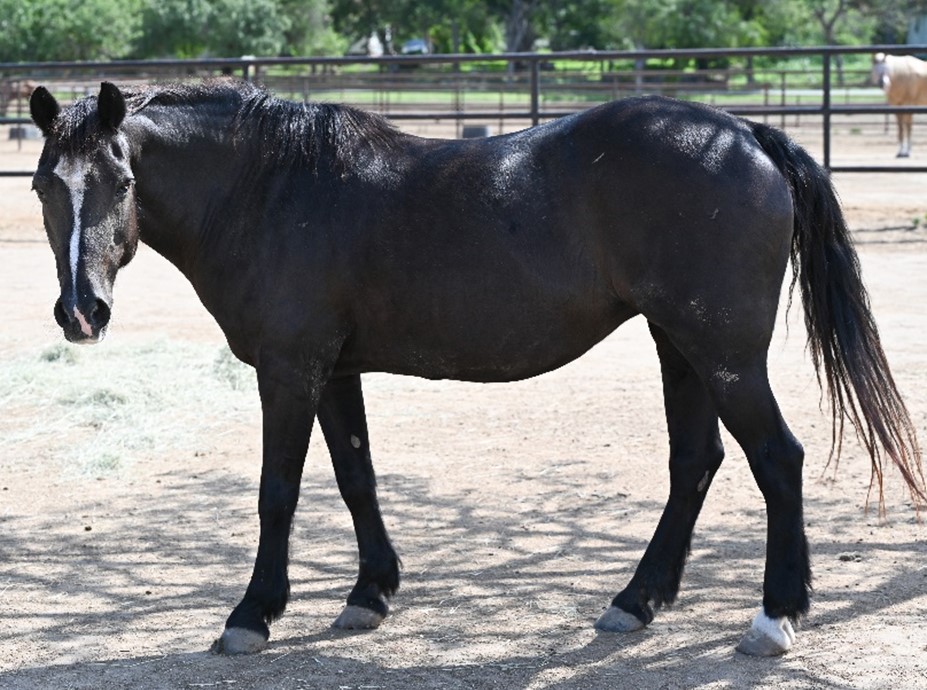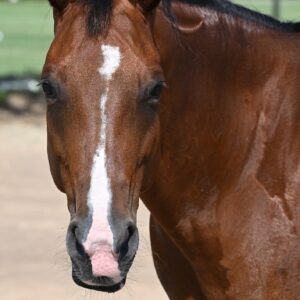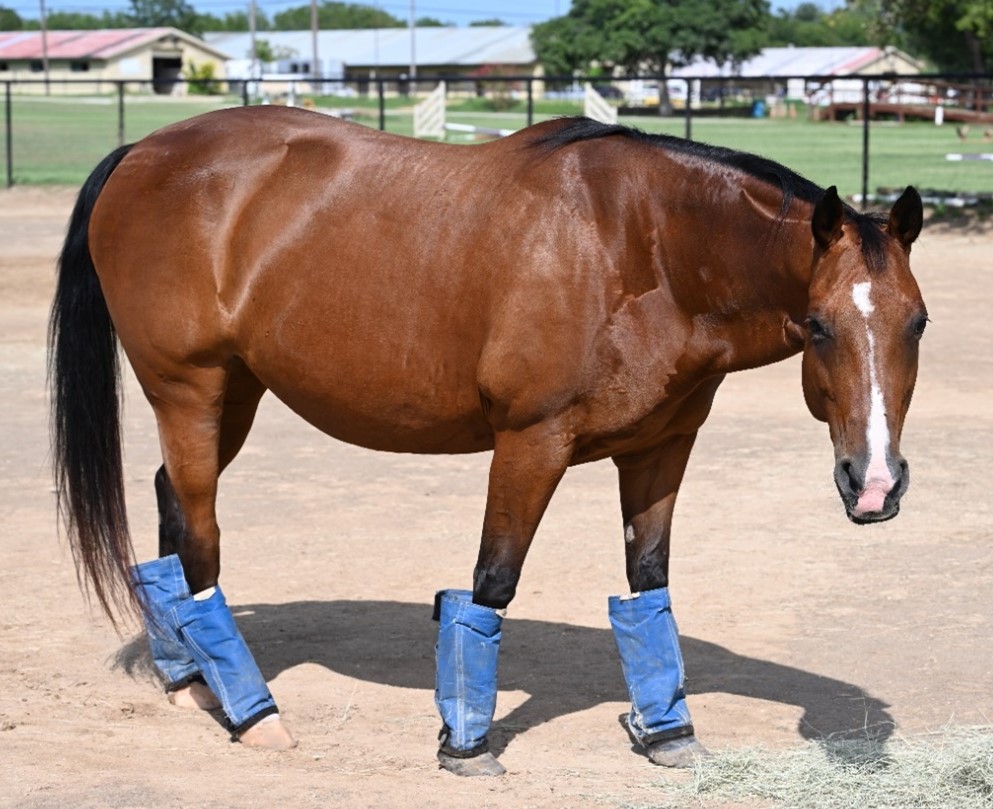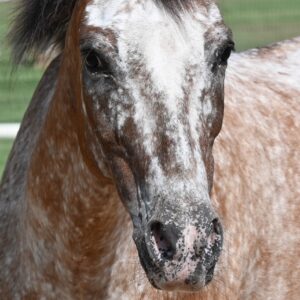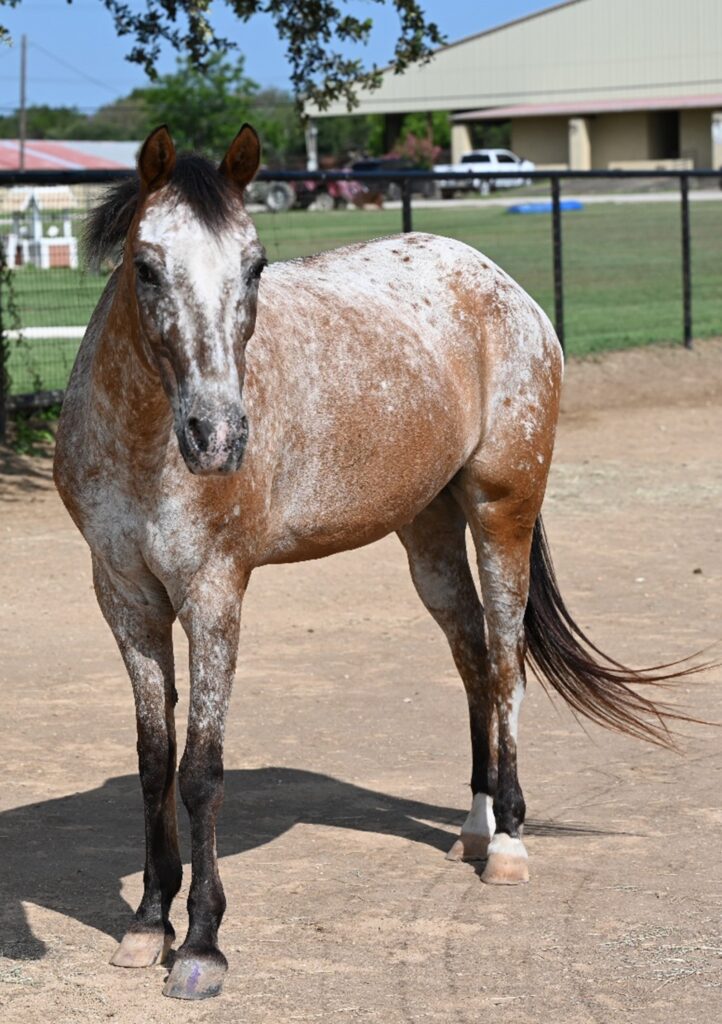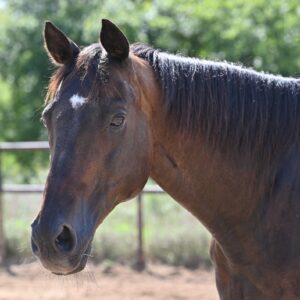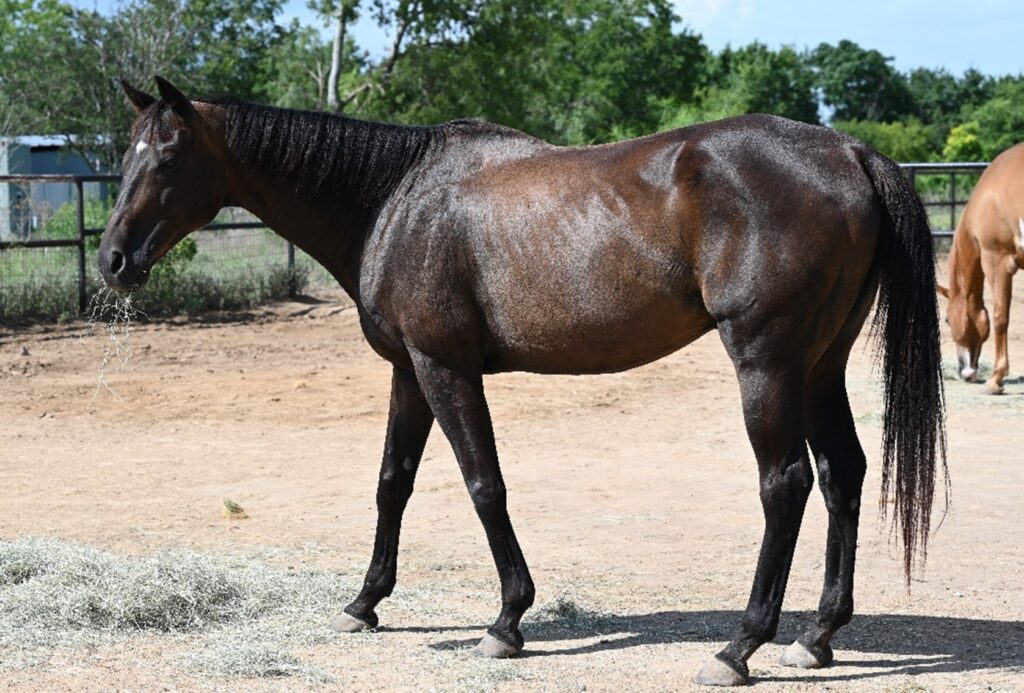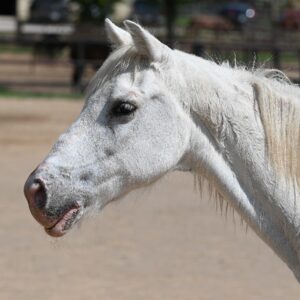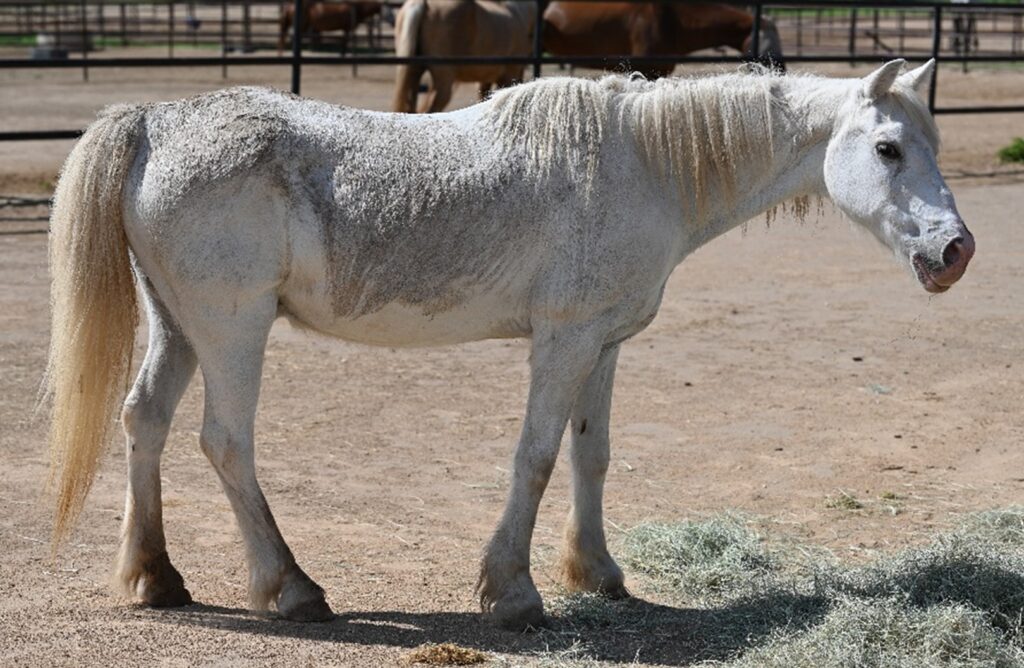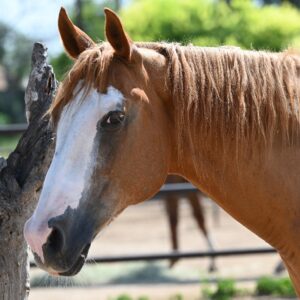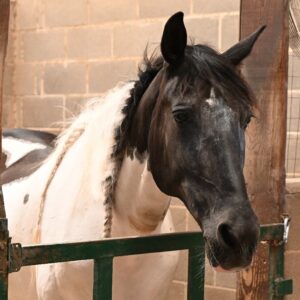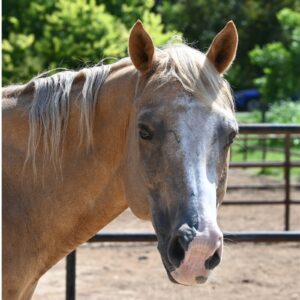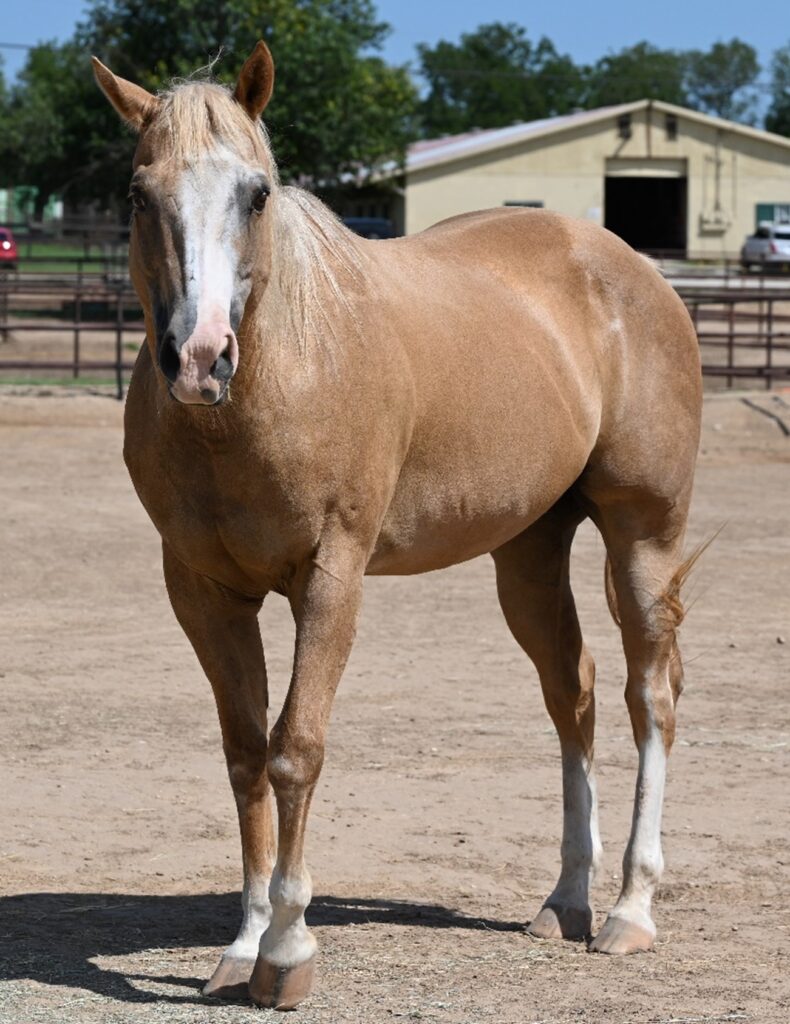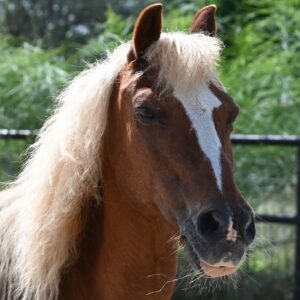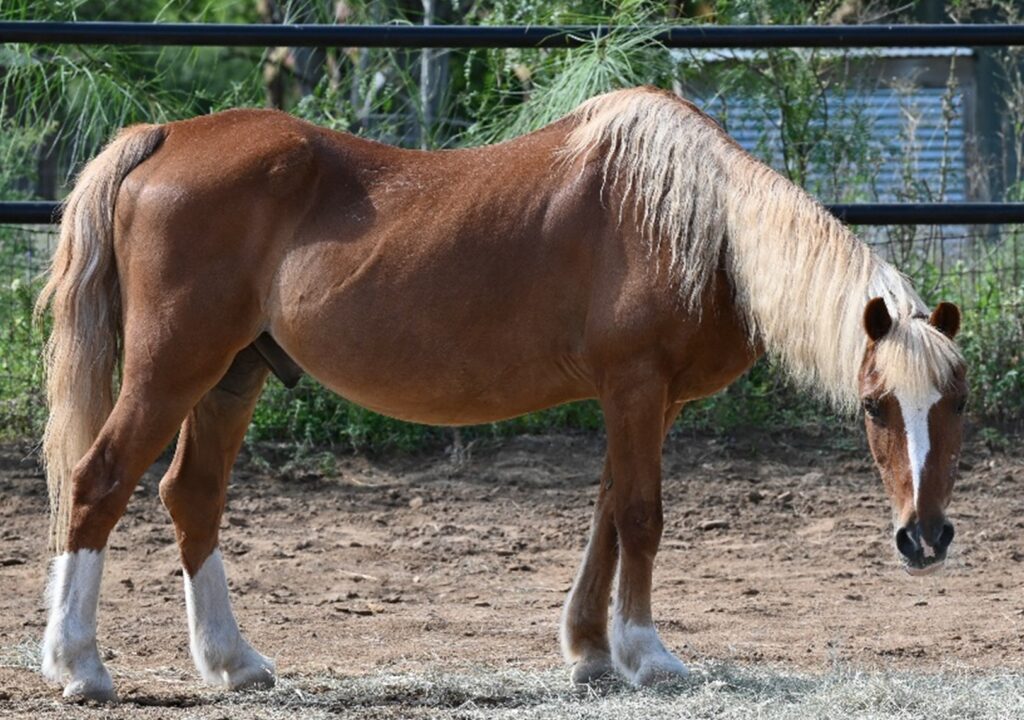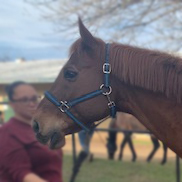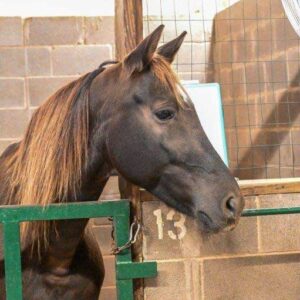Not every horse can be a Therapy Horse, so what makes a good therapy horse?
General Demeanor
First of all, therapy horses must enjoy being around people, and having people around them – all the way around! It takes 6 – 9 months for a horse to become comfortable with all the non-traditional things that are expected of them in a therapeutic riding program.
Spatial Proximity
Since many riders require a leader (a horse handler leading them), 2 side walkers and an assistant or instructor walking in close proximity, therapy horses must quietly accept being a bit crowded.
Sound and Sudden Movements
Therapy horses also need to be able to react well to sudden or unusual movements by the rider due to lack of strength/balance or disability.
Therapists use exercises and games during sessions which can produce some unusual movements. And some riders’ disabilities produce sudden movements of arms or legs and/or trunk movement due to lack of strength and/or balance. Additionally, some riders may make verbal sounds that to the average horse could be unsettling. Therapy horses must learn to tolerate these movements and sounds and to trust the people around them so they will stay calm when something unexpected happens.
When mounting or dismounting, therapy horses must also stand quietly to accommodate our riders, which can take much longer than most horses are accustomed to.
Horse Gait & Balance
Equally important to a therapeutic riding program is the quality of the horse’s movement. Therapy horses must be able to move freely and in a balanced, rhythmic manner in all three gaits — walk, trot and canter/lope. An even, smooth movement builds strength much more efficiently than movement that is uneven or unbalanced. Poor movement quality may also indicate an injury or weakness that might be made worse by the work expected in a therapeutic riding program. Our horses are exercised regularly to keep them moving freely and responsive to traditional aids — weight, legs, hands/reins and voice. As the pictures here illustrate, we expect them to move well, and they do!
The regular exercise the horses get also provides a good change of pace for them, which is as valuable for horses as it is for people. Turning them out together in a large paddock allows them to socialize and bond in a herd structure that is normal for horses and important for their psychological well-being.
Many of the horses used in our program come to us from loving owners who can no longer ride or compete with their horse, but want to make sure they remain in a healthy, secure and thriving environment. Some remain owners and visit and ride them occasionally while others donate them to the program outright.
Horses
Are you interested in sponsoring one of our amazing therapeutic riding horses for one year?
